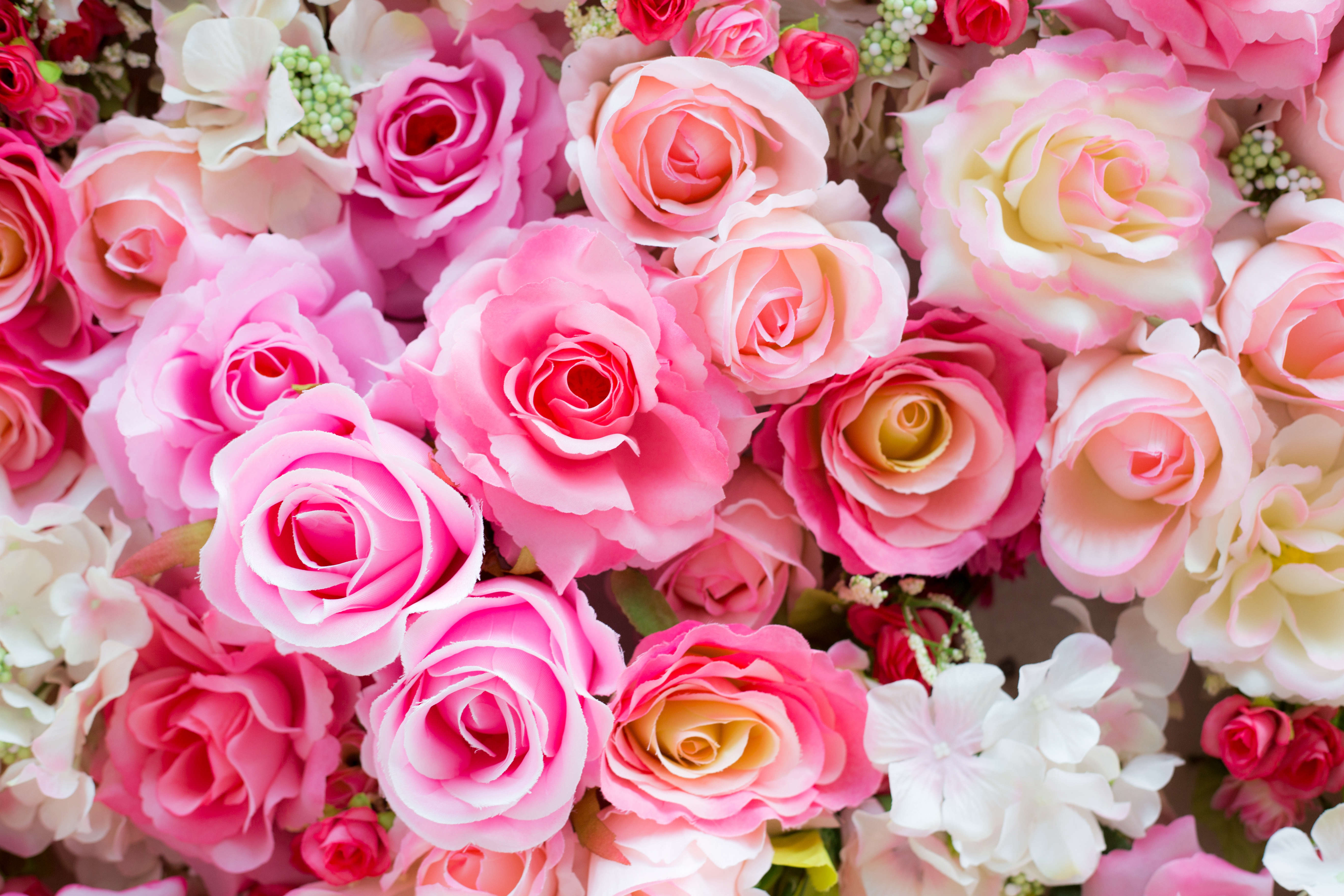
With her long history of religious and regal associations, all flowers bow down in deference before the rose. Flo Whitaker pays homage to Her Majesty and educates the rest of us.
Roses have always beguiled us. They appear in Greek and Roman mythology, ancient Chinese writings, as well as Persian and Indian literature. Queen Cleopatra was bonkers about roses and the Empress Josephine was reckoned to have a collection of over 250 different types. Marriages and alliances have been celebrated with a showering of rose petals since the earliest times. A rosebud posy was considered a charming gift for an expectant mother, while ancient Egyptians solemnly garlanded their dead with roses. This most poetic, captivating flower has accompanied us through the centuries — from cradle to grave.
Roses are indigenous to most parts of the globe. They’re a large family of approximately 300 species, (naturally occurring types) and thousands of man-made varieties. Many modern roses can trace their lineage back to historic Asian and Persian forms. They do best in a sunny location, sheltered from winds, but are tough plants that will always try to please — some types tolerate light shade or a north-facing aspect. Most are very hardy; down to -10°c, considerably more for species forms. There are groundcover types, shrubs, ramblers, climbers and small-scale patio roses that are ideal for pots. Species roses bear pollen-rich, bee-friendly flowers and highly decorative hips in autumn. They are usually thorny characters, making them the perfect choice for a low-maintenance security hedge. Take time to consider the right rose for your location. Don’t be swayed just by colour and perfume! Research before you buy; noting height, habit and flowering time – some varieties will repeat-flower over a long season.
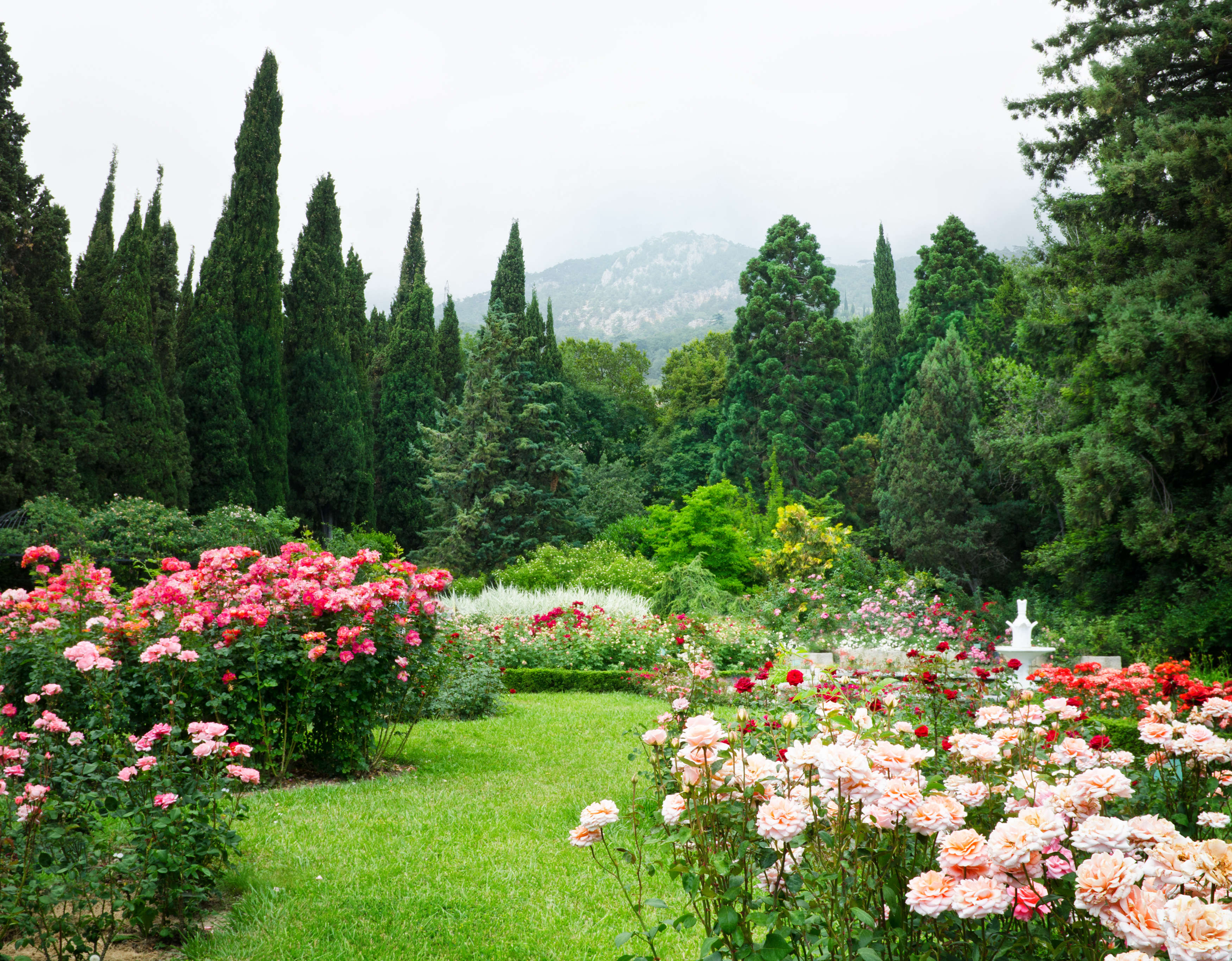
Before planting any rose, ensure its roots are thoroughly hydrated. Drench a potted specimen until the root ball is sodden, (it’s easier to remove a pot if the soil is wringing wet). A bare-rooted plant should be soaked in a bucket of water for an hour and any damaged roots removed with sharp secateurs. Dig a hole 50% deeper and wider than the container/root ball. Put a spadeful of well-rotted manure and a spadeful of leaf mould into the hole and mix together with some of the excavated soil. Place the rose centrally in the hole and check the level before backfilling with soil. Firm in gently and give another good drink of water. Aim to plant about 5cms below the original planting depth. On a bare-rooted plant, a tell-tale line will reveal the original soil level; greencoloured stems indicate they were above the soil, whereas brown stems were underground. Roses, particularly newly planted specimens, can ‘rock’ in windy conditions and may lever themselves out of the ground. Planting slightly deeper will resolve this.
Blackspot, rust and mildew are the problems most likely to affect roses. These fungal infections are caused by microscopic spores blown on the wind or carried in water droplets. Fortunately, they usually cause temporary disfigurement, not permanent damage, although a severe infestation will defoliate and weaken a plant. Sprays can treat these conditions — follow the instructions carefully. Spray in a preventative fashion by starting early in the season when foliage is just unfurling, (even if the leaves appear clean) otherwise any dormant overwintering fungal spores will quickly infect new growth.
Regular spraying will greatly reduce, but never eradicate fungal damage. Practising good garden hygiene is the best long-term solution; a well-grown plant is better equipped to cope with pests or disease. Pick up fallen rose leaves as they are a perfect breeding ground for spores.
Apply a thick mulch every spring, adding generalpurpose fertiliser or well-rotted manure. A foliar feed applied every 10-14 days throughout the summer will give a real boost — especially to potgrown specimens. Regular deadheading will promote new flower buds. Given a little care, these long-lived plants will reward you for many years. Somewhere in a celestial realm, Josephine and Cleopatra are dreamily flicking through rose catalogues. Needless to say, they both have roses named after them. Fit for a Queen, indeed.

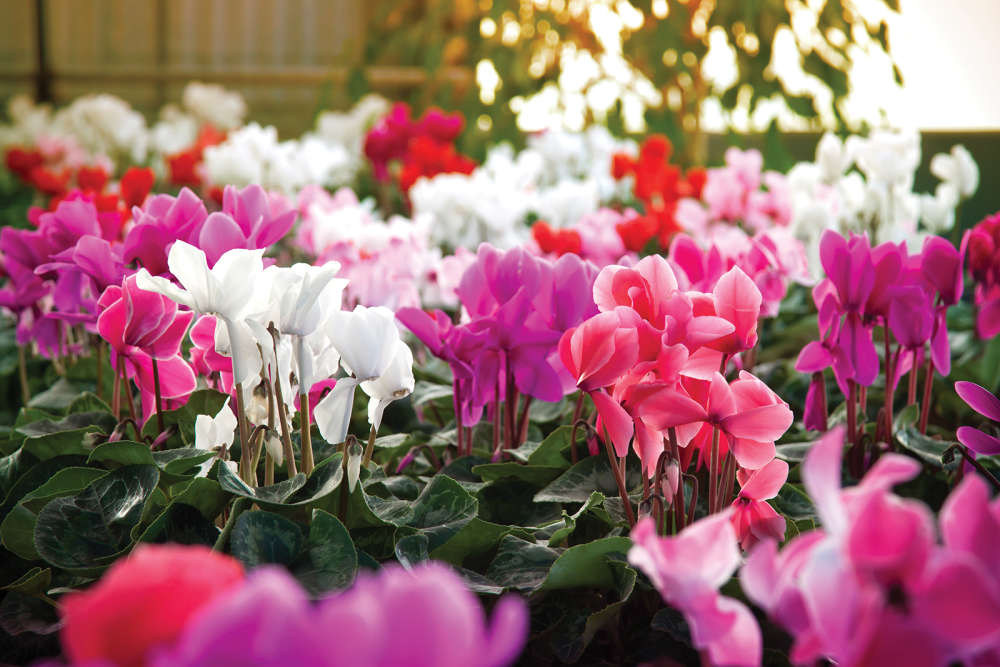 Blooming Times: Winter Sparklers
Blooming Times: Winter Sparklers
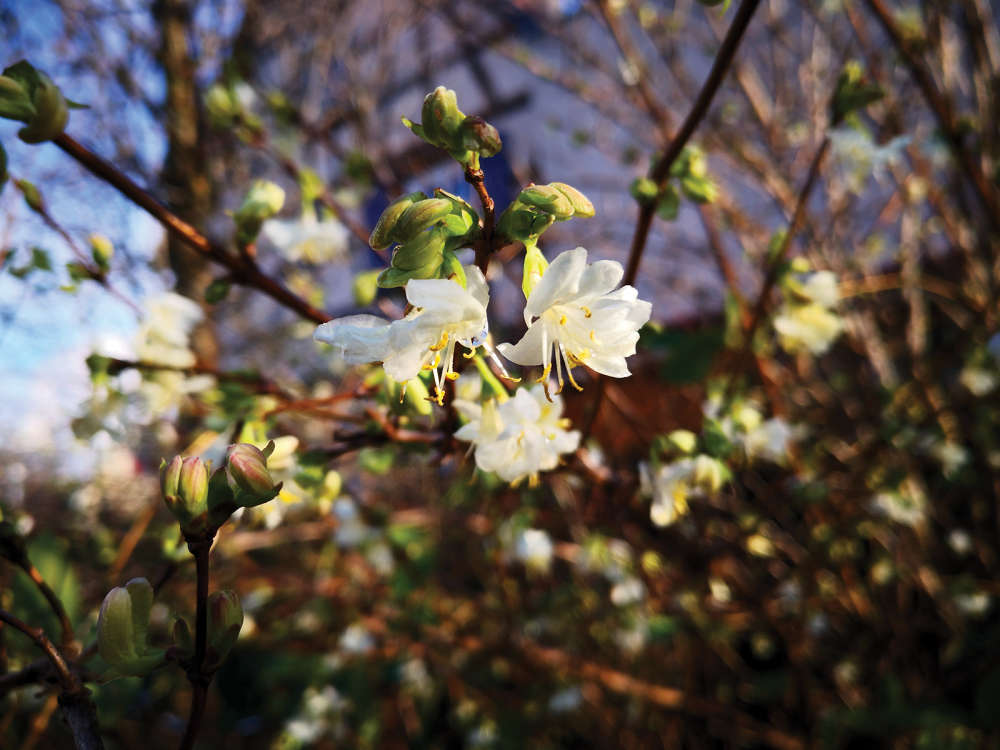 Blooming Times: Winter Wonders
Blooming Times: Winter Wonders
 Blooming Times: The Answer Lies in the Soil
Blooming Times: The Answer Lies in the Soil
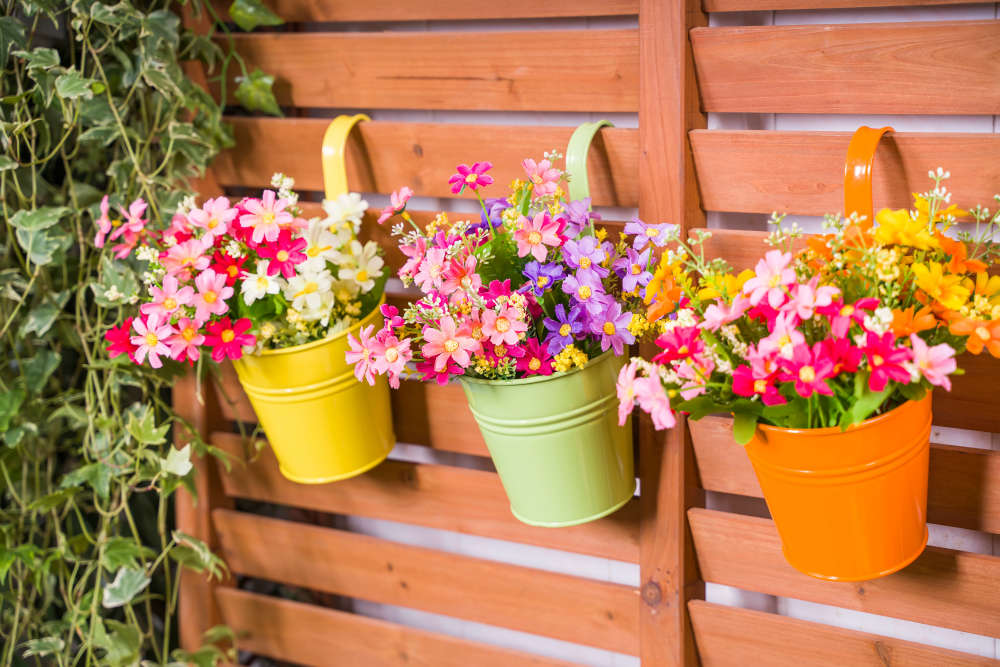 How to Cover Up Shabby Garden Walls and Fences
How to Cover Up Shabby Garden Walls and Fences
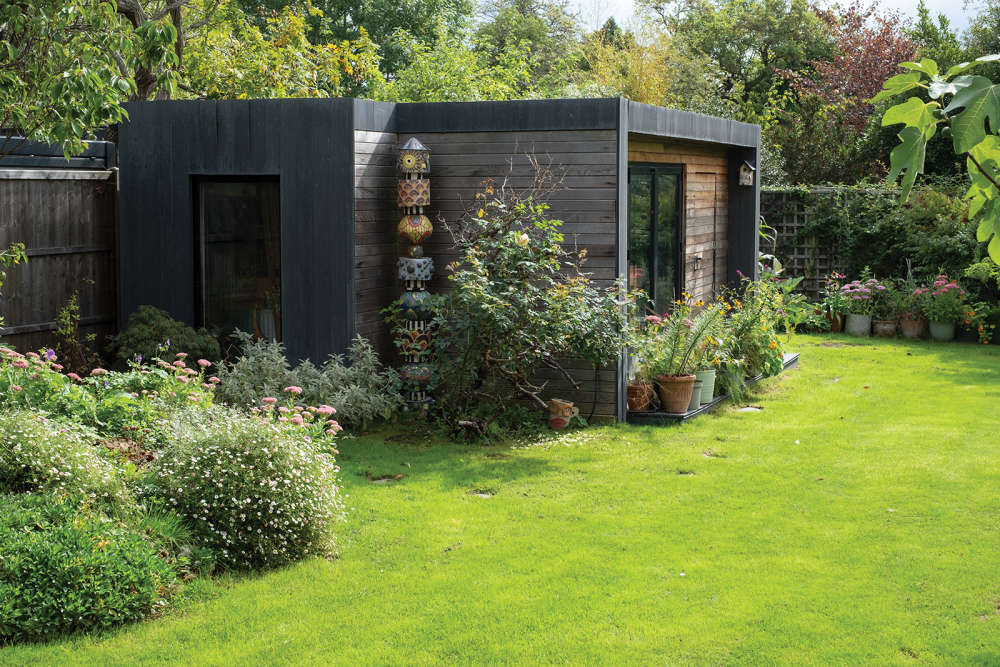 Homes Extra: Shed Space
Homes Extra: Shed Space
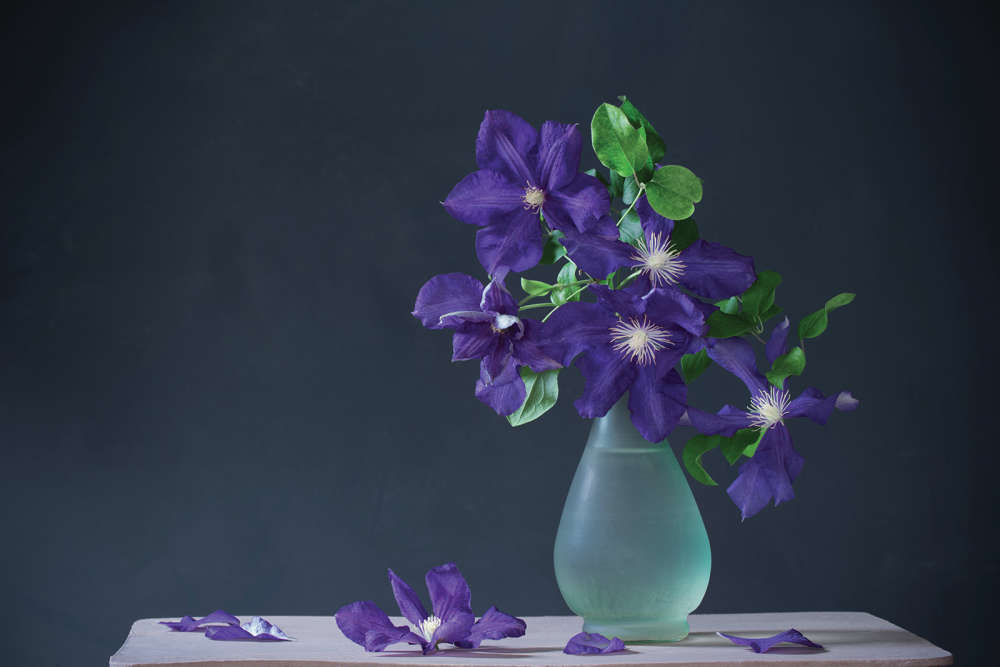 Gardening: Choose a Clematis for Every Month of the Year
Gardening: Choose a Clematis for Every Month of the Year
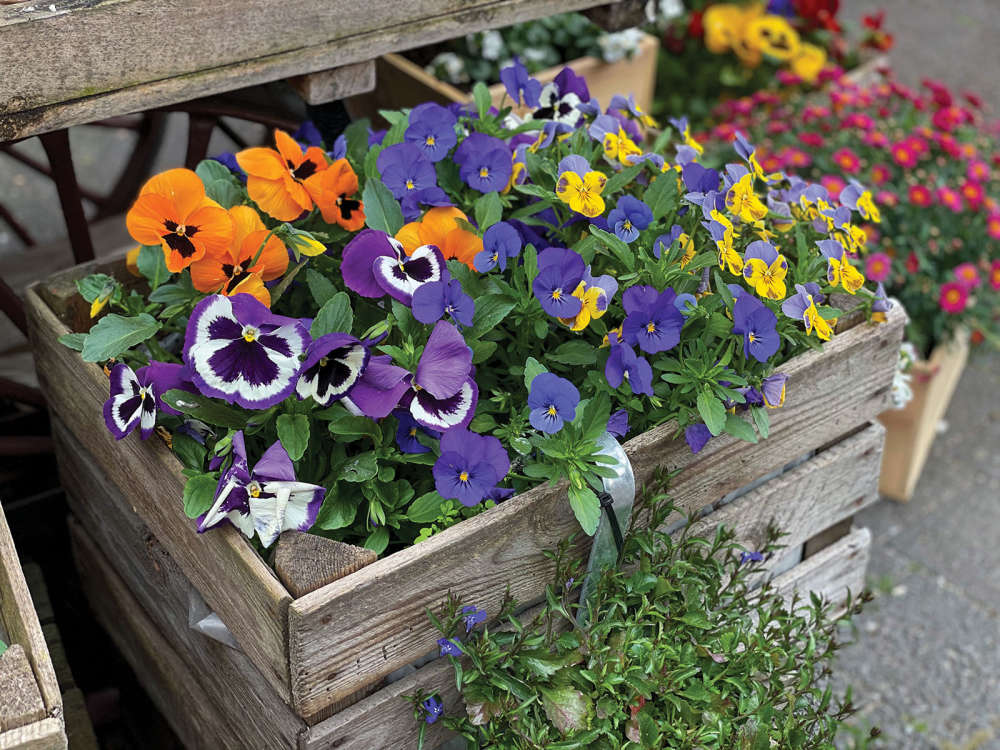 Blooming Times: Top of the Pots
Blooming Times: Top of the Pots
 Kids Zone: Get the Kids Growing
Kids Zone: Get the Kids Growing
 Blooming Times: Wisteria Hysteria
Blooming Times: Wisteria Hysteria
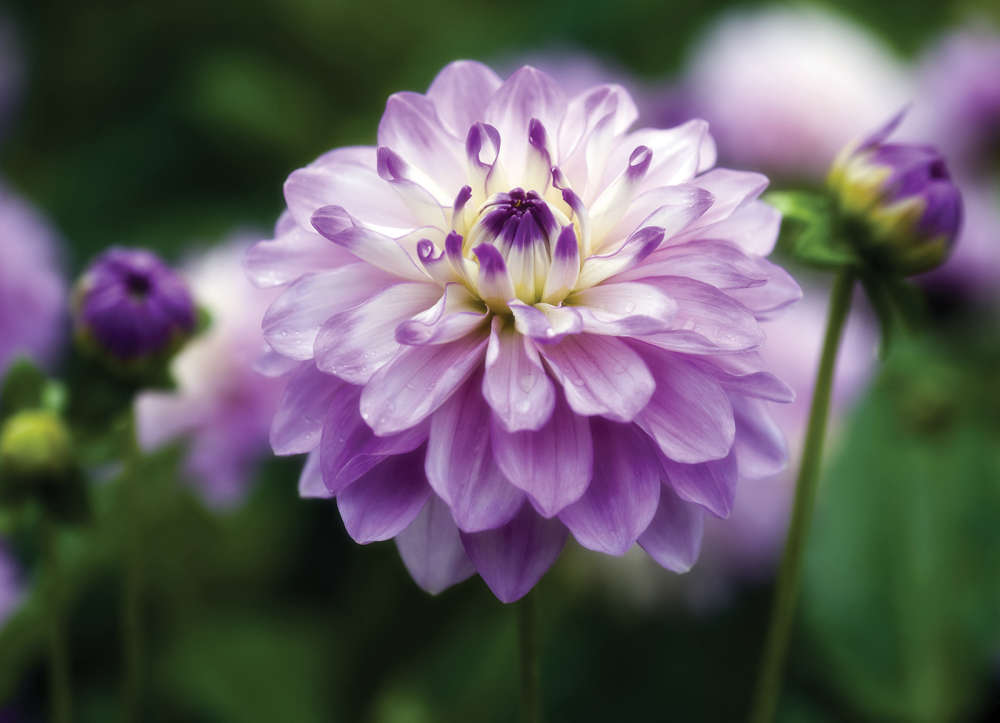 Blooming Times: Dahlia Mania
Blooming Times: Dahlia Mania
 How to Create 3D Walls in Your Home
How to Create 3D Walls in Your Home
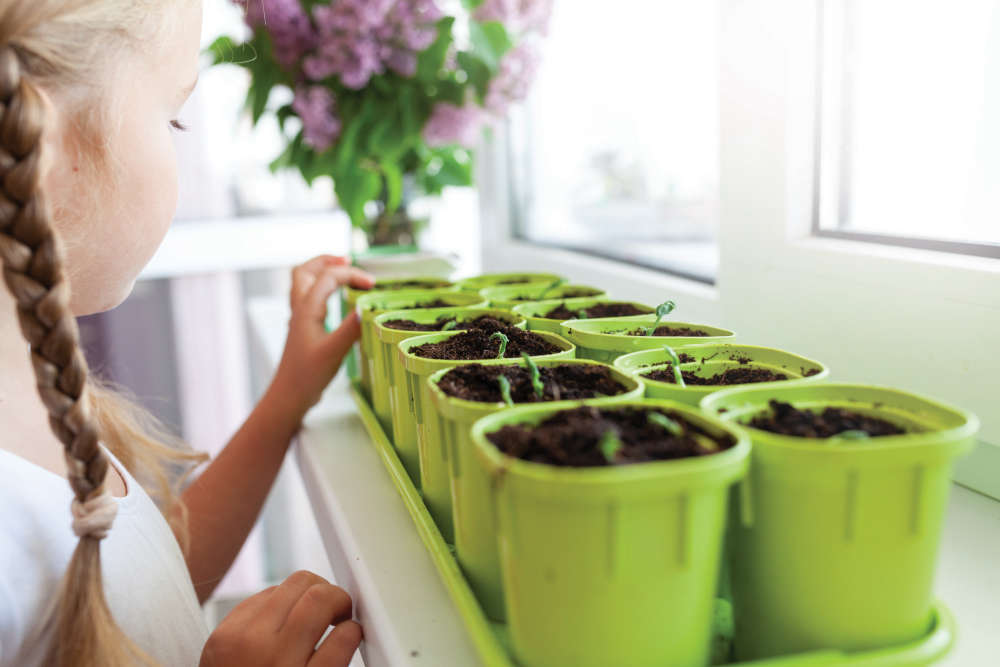 Blooming Times: Spring Fever
Blooming Times: Spring Fever
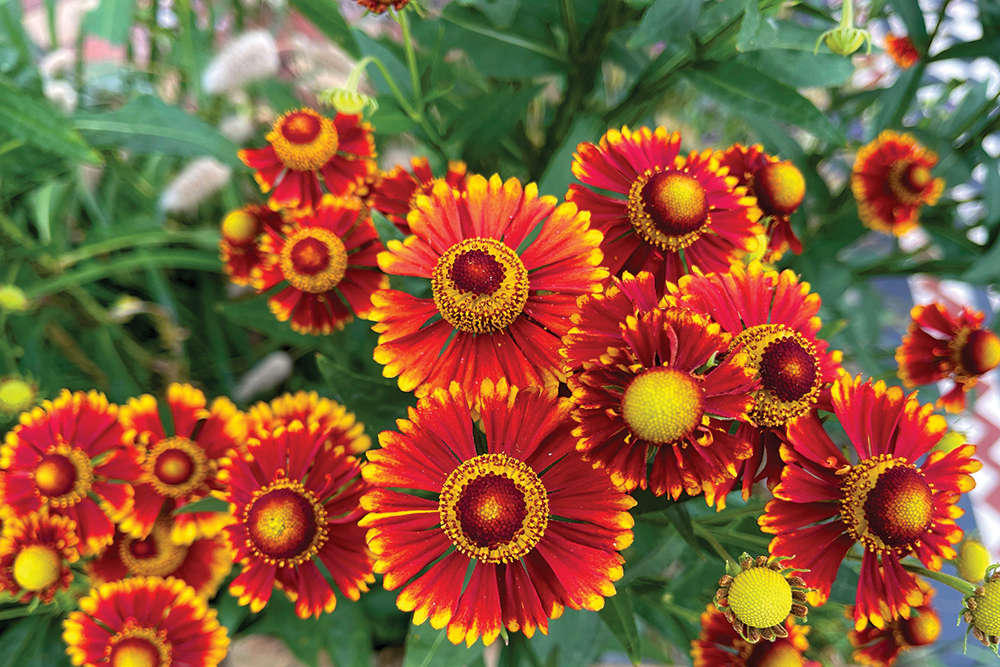 Blooming Times: What's in a Name?
Blooming Times: What's in a Name?
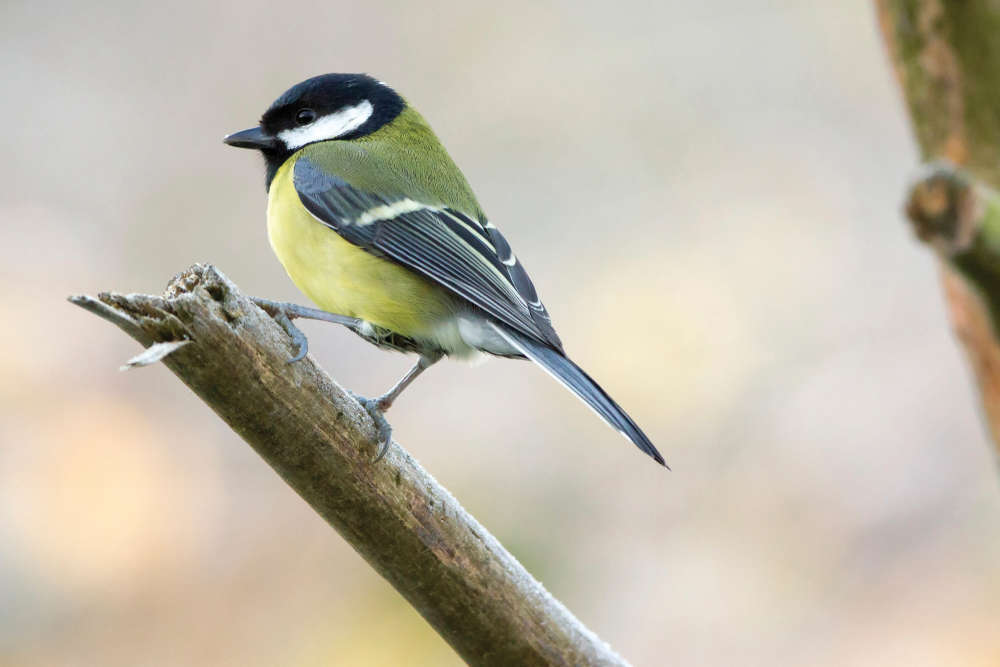 Top 10 Garden Birds to Spot on the Isle of Wight
Top 10 Garden Birds to Spot on the Isle of Wight
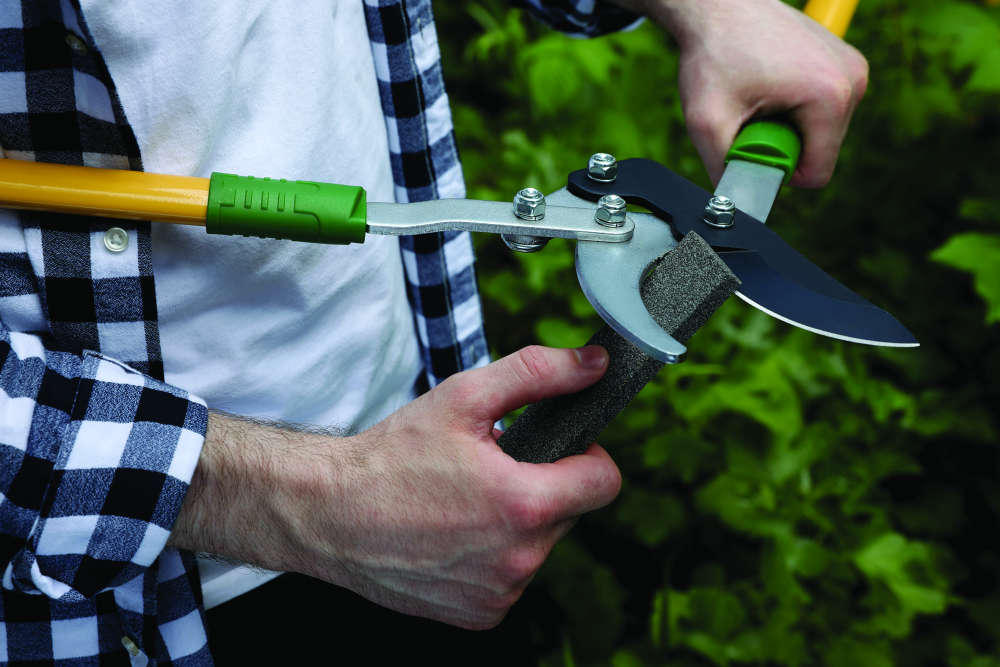 The Best Christmas Gifts for Gardeners
The Best Christmas Gifts for Gardeners
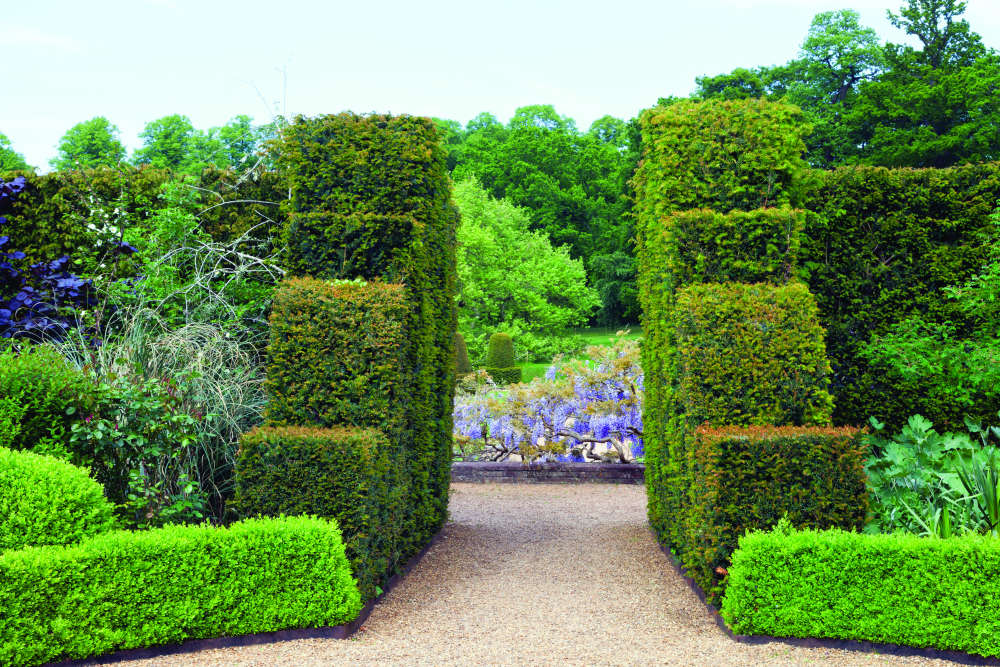 Gardening: The Benefits of Hedges
Gardening: The Benefits of Hedges
 How to Create a Happy Home Workspace
How to Create a Happy Home Workspace
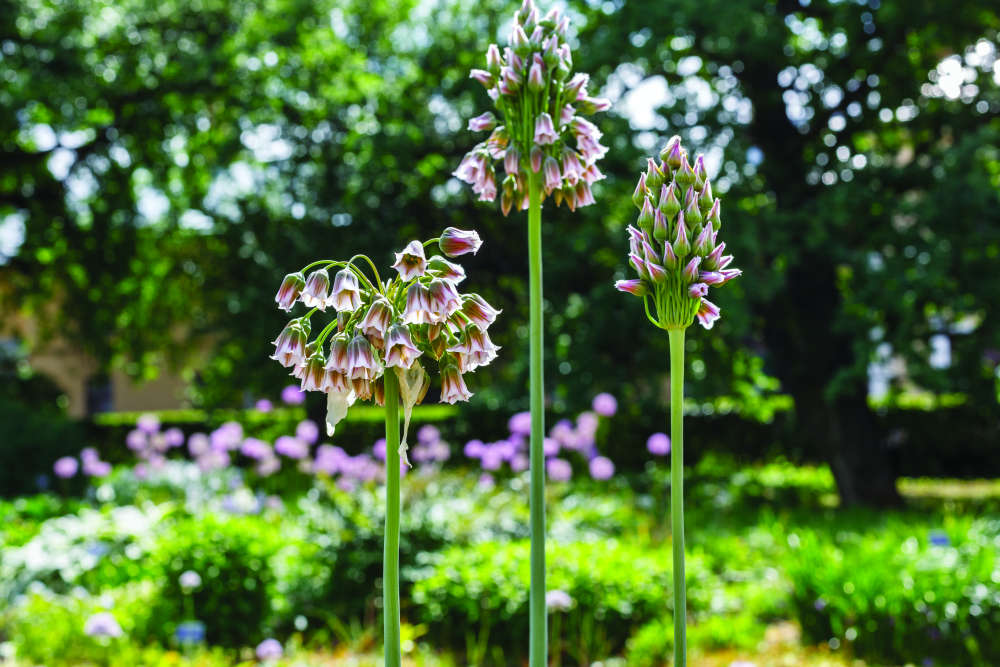 Now's the Time to Plant Alliums for a Spectacular Display Next Year
Now's the Time to Plant Alliums for a Spectacular Display Next Year
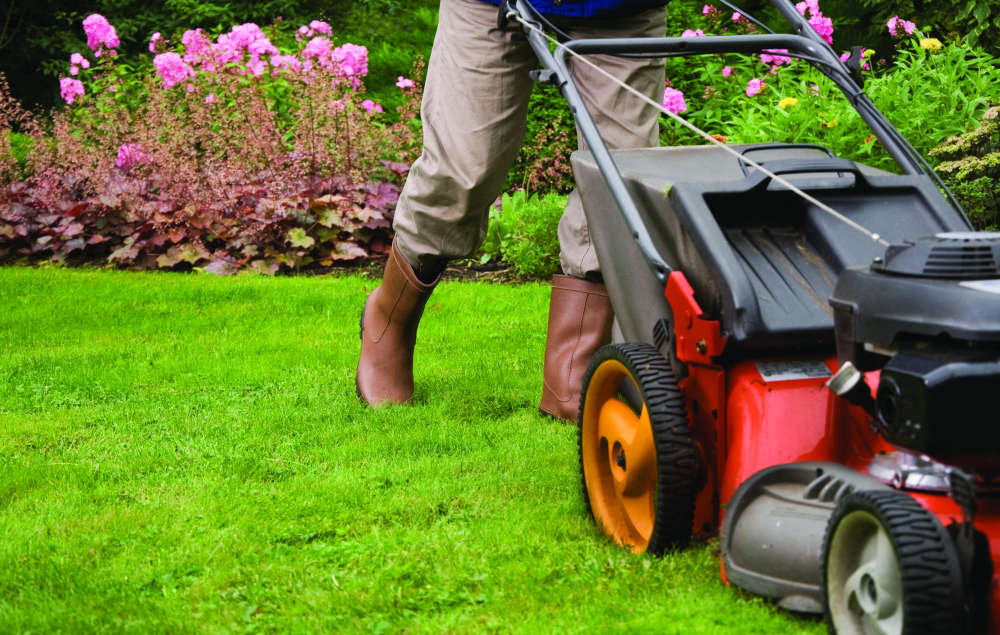 Gardening Facts or Fictions?!
Gardening Facts or Fictions?!
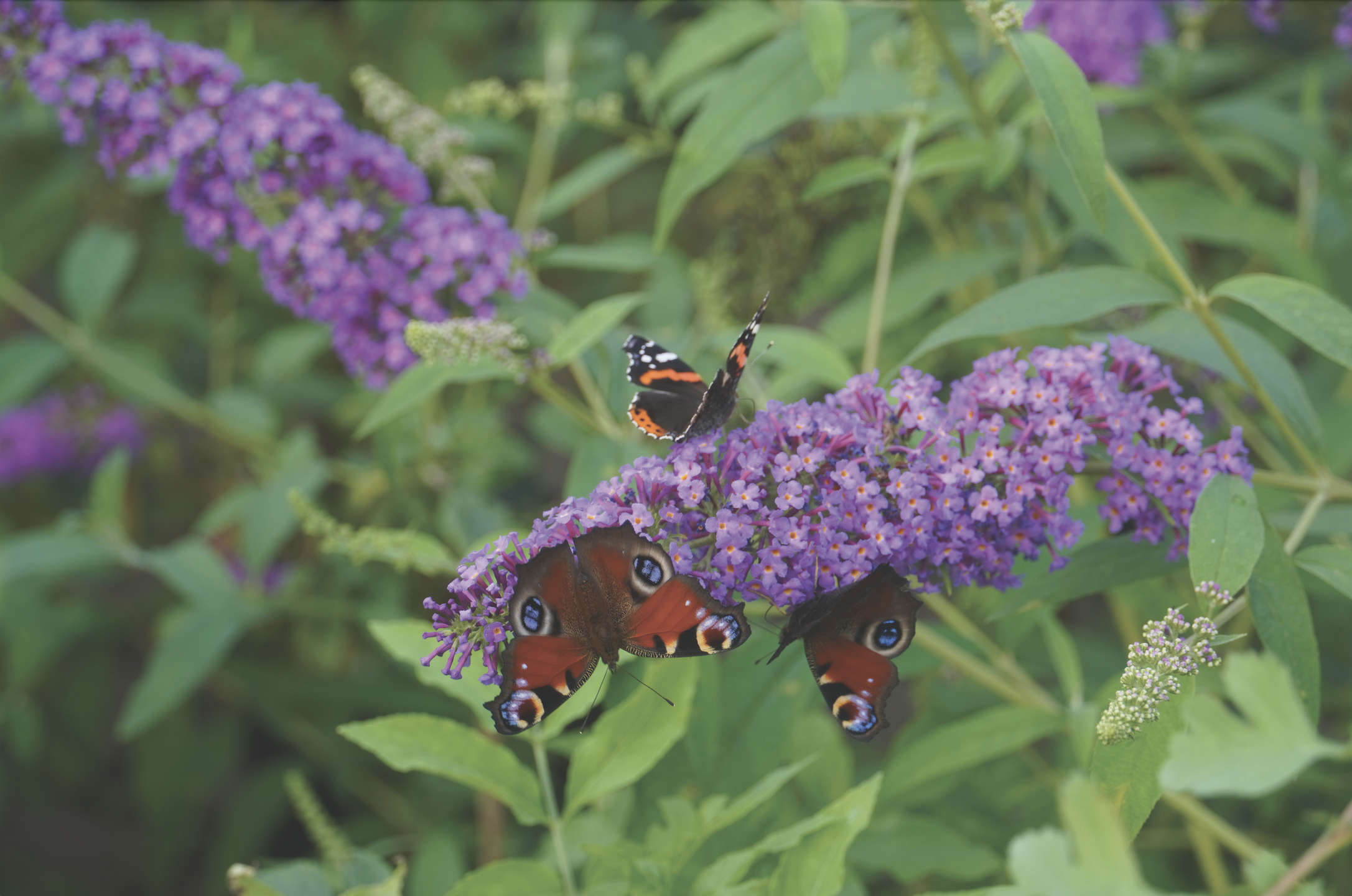 Fill The Gaps in Your Garden With Stunning Shrubs
Fill The Gaps in Your Garden With Stunning Shrubs